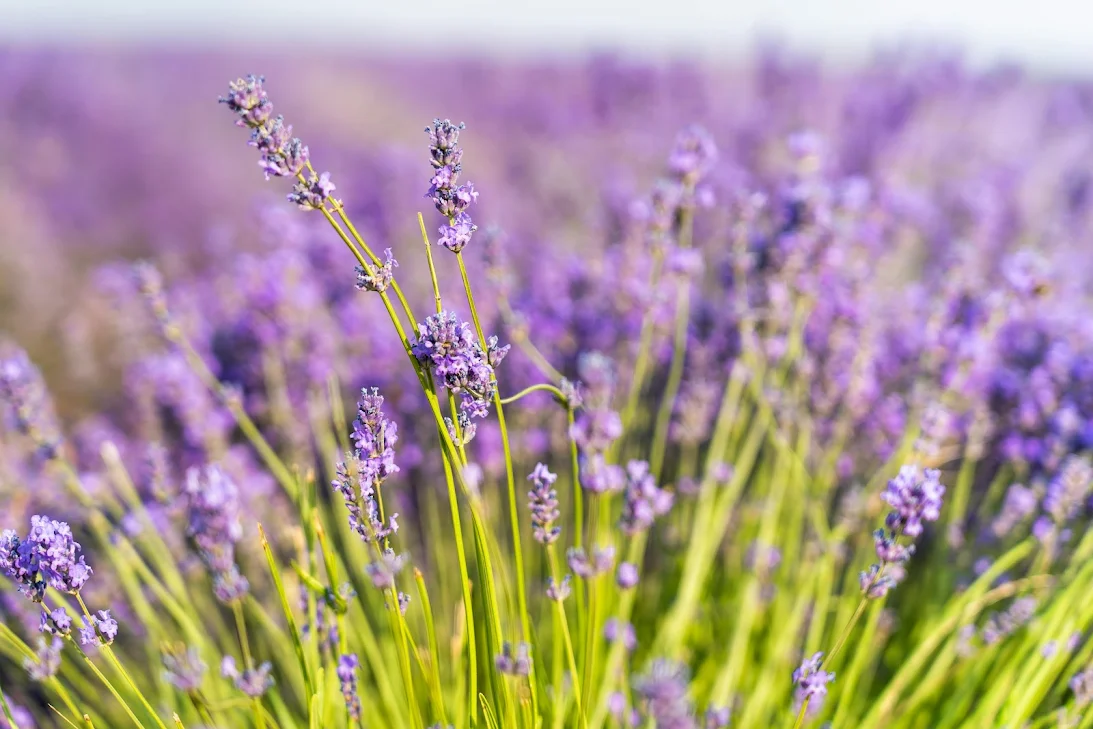Explore Spanish Lavender’s beauty and care tips, from its unique flowers to growing requirements
Spanish lavender (Lavandula stoechas), with its striking, butterfly-like blooms and captivating fragrance, is a standout among lavender varieties. Native to the Mediterranean region, this hardy yet elegant plant thrives in hot, dry climates, making it a favorite for gardeners looking to add beauty and resilience to their landscapes.
History and Origin
Spanish lavender’s history is deeply rooted in the Mediterranean, where it has thrived for centuries in rocky, sun-drenched terrains. Its distinct appearance and robust nature made it a valuable plant for medicinal and ornamental purposes. The variety was introduced to European gardens in the Middle Ages, where it became a symbol of beauty and utility.
Appearance and Characteristics
Spanish lavender is easily recognizable for its unique floral structures and vibrant colors:
- Height: Typically grows 18-24 inches (45-60 cm).
- Leaves: Narrow, gray-green foliage with a strong camphor-like scent.
- Flowers: Deep purple blooms crowned with bracts that resemble butterfly wings.
- Scent: Strong, with a hint of spice, often described as more intense than English lavender.
Ideal Growing Conditions
| Aspect | Details |
|---|---|
| Hardiness | USDA Zones 8-11 |
| Soil | Well-drained, sandy or rocky soils with a pH of 6.5-8.0. |
| Light | Full sun (6-8 hours daily). |
| Watering | Low; drought-tolerant once established. |
| Temperature | Prefers warm, arid climates; less tolerant of humidity. |
Uses of Spanish Lavender
- Ornamental: Adds bold texture and color to borders, containers, and rock gardens.
- Pollinator-Friendly: Attracts bees, butterflies, and other beneficial insects.
- Fragrance: Ideal for making sachets, potpourri, and essential oils.
- Dried Arrangements: Retains its color and fragrance well when dried.
Care Tips for Spanish Lavender
| Care Aspect | Tips |
|---|---|
| Pruning | Deadhead spent blooms to encourage new growth and prolong flowering. |
| Fertilizing | Minimal fertilization; use a low-nitrogen fertilizer if necessary. |
| Winter Protection | In colder zones, mulch heavily or grow in pots to bring indoors. |
| Spacing | Space plants 18-24 inches apart to ensure good air circulation. |
Common Pests and Diseases
| Problem | Symptoms | Solution |
|---|---|---|
| Root Rot | Yellowing leaves, stunted growth | Ensure well-draining soil; avoid overwatering. |
| Aphids | Sticky residue on leaves and stems | Use insecticidal soap or neem oil. |
| Fungal Diseases | White or gray mold on flowers | Improve air circulation; avoid overhead watering. |
| Weevils | Chewed leaves or stems | Handpick or use natural predators. |
Interesting Facts About Spanish Lavender
- Spanish lavender is often called "Rabbit Ears" due to its unique bract shape.
- It is one of the most heat-tolerant lavender varieties.
- Historically, it was used as an antiseptic and for treating headaches.


.png)










0 Comments